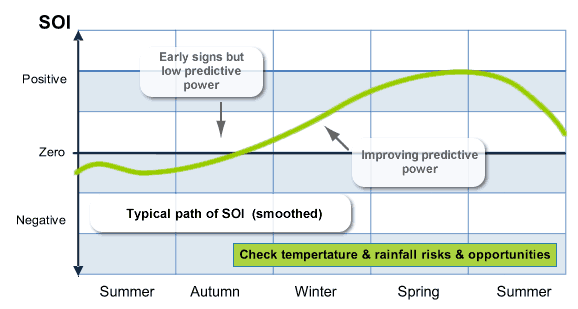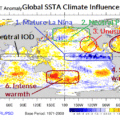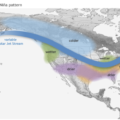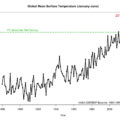El Niños often lead to drier conditions over large parts of Australia, while La Niñas tend to enhance rainfall over much of the continent.
Depending on the time of year, El Niño and La Niña can also affect the:
-
likelihood of frost;
-
likelihood of flood risk;
-
number of rain days;
-
likelihood of heat waves;
-
evaporation;
-
onset and cessation of the northern monsoon; and
-
movement, impact and frequency of the Madden Julian Oscillation.
A typical La Niña episode
Similarly the diagram below shows a timeline of some features associated with a fairly typical La Niña episode. It is worth noting that La Niña is not the mirror image or precise opposite of El Niño, neither in its timing during the calendar year nor the geographic extent of its impact on Australia. 
It is important to gain insight into the typical effects that La Niña and El Niño events may have for your location; it may well be that the influence is either not as strong, or conversely, even stronger than you think.
La Niña in Australia:
El Niño ‘could be in final month’ say climate experts
IT’S been our constant companion bringing never ending days of glorious sunshine and long nights sticky with humidity. But it’s time to bid adios to El Niño, the weather system responsible, and hola to La Nina — and the rainfall that comes with it.
Expectations rise for arrival of La Nina, promising wetter-than-normal conditions
Government forecasters in Japan and Australia have this week strengthened their assessment that a La Niña weather pattern will hit the northern hemisphere this (northern) summer, joining the US in rating it at around a 50 per cent chance. The possible advent of La Niña poses a fresh challenge for farmers and agricultural markets currently dealing with excess supply of some crops such as wheat due to falling demand, and shortages of others, like palm oil, caused by El Niño-related droughts in recent months.
Source: BoM








